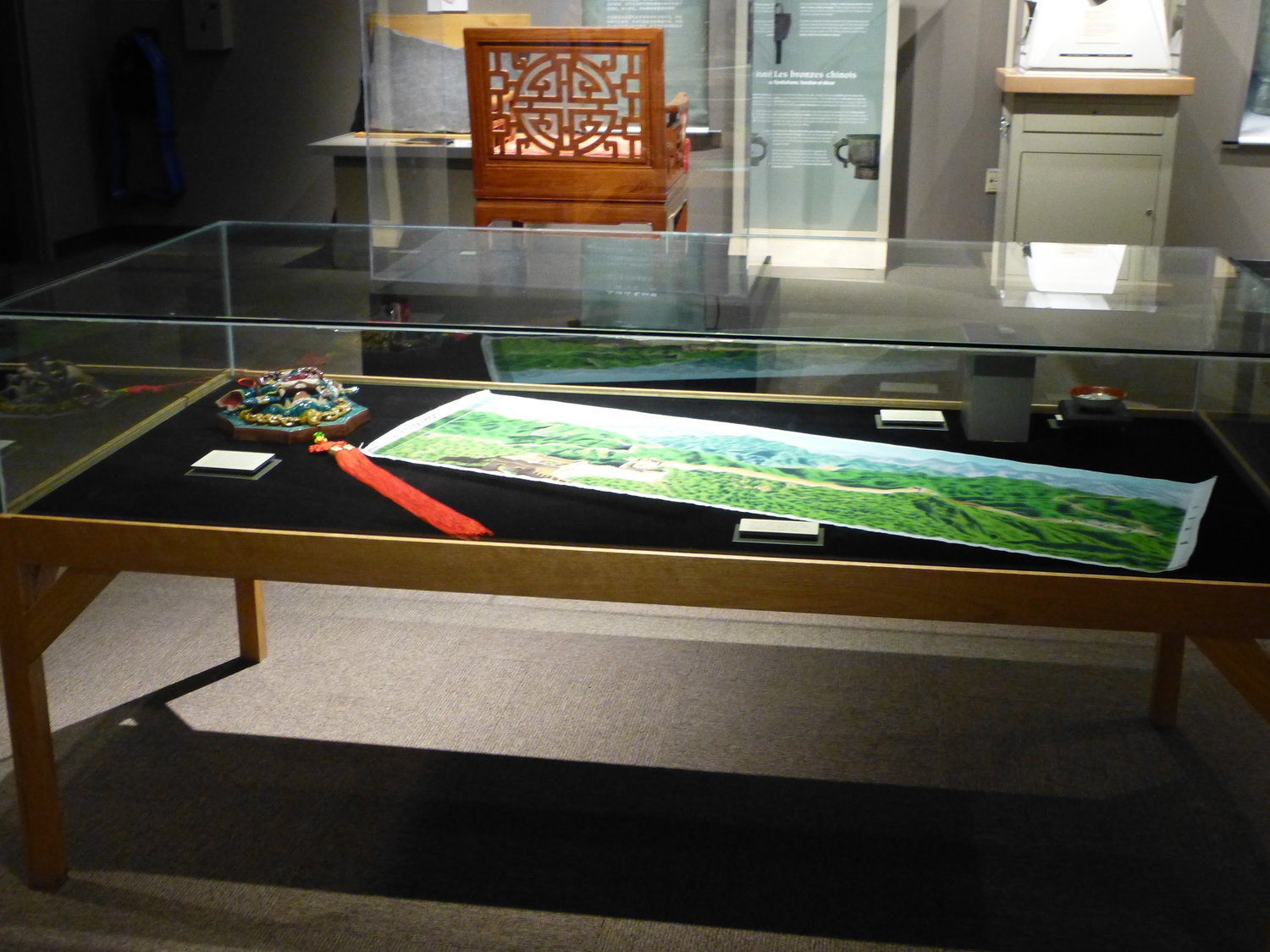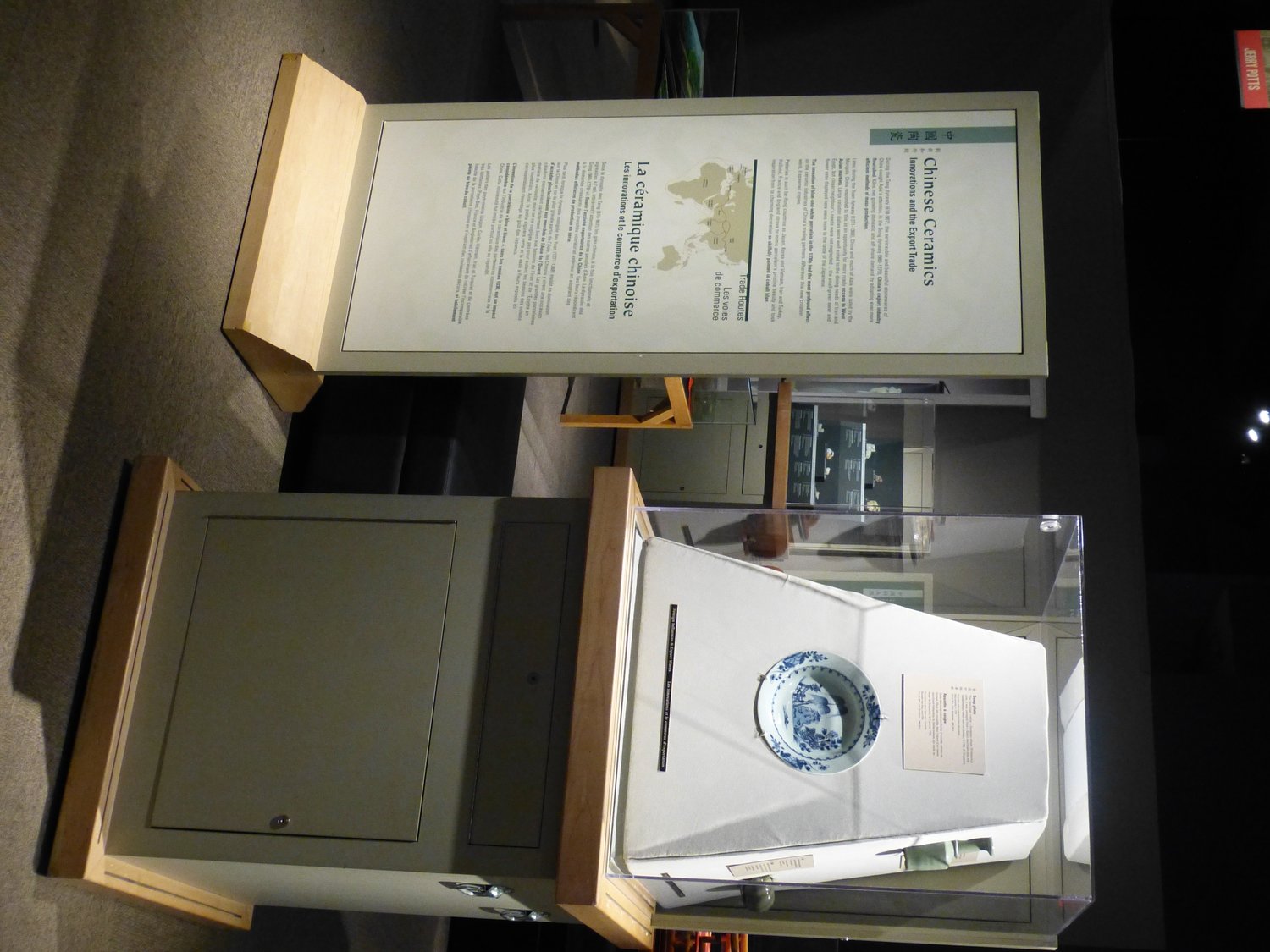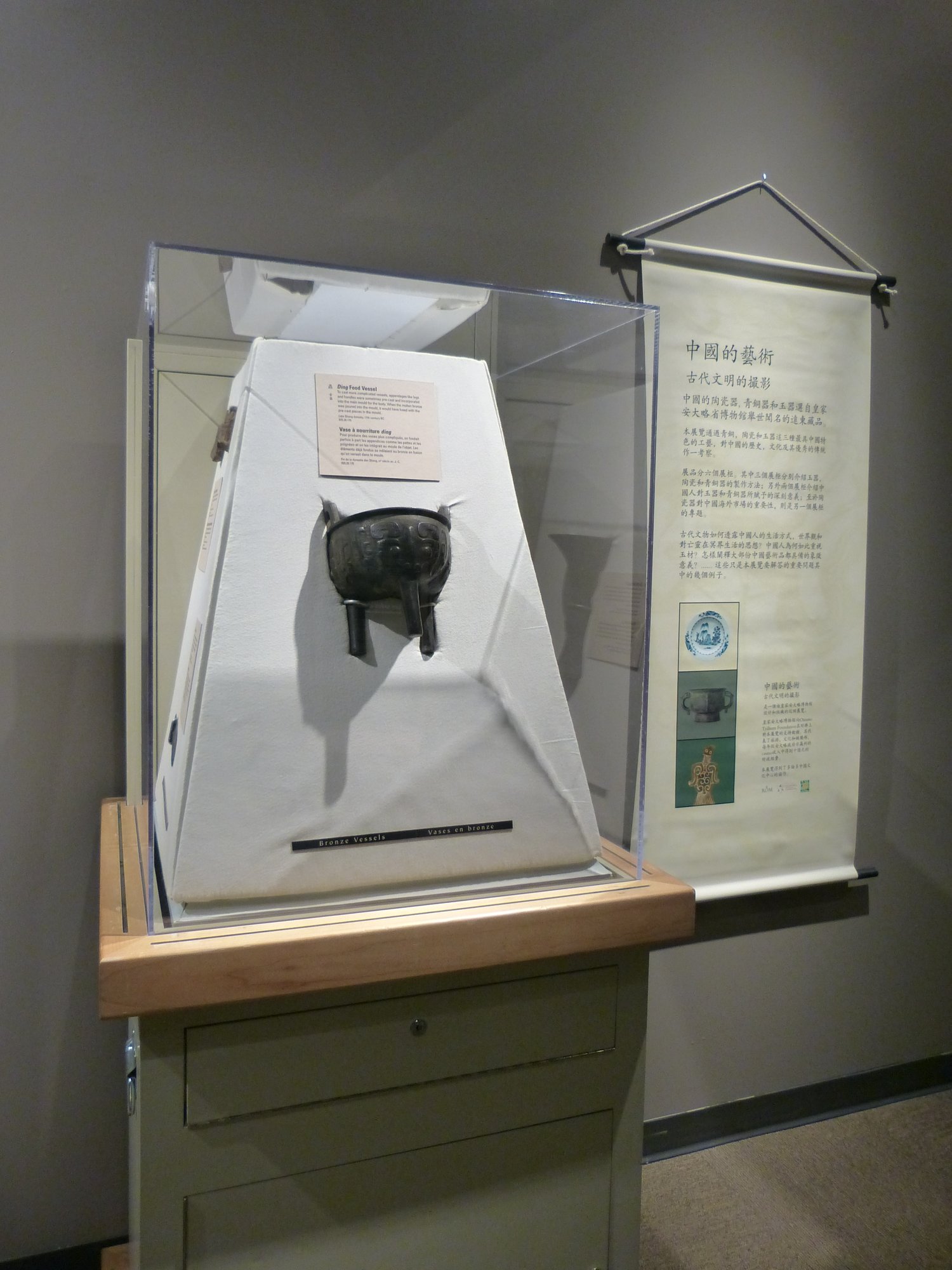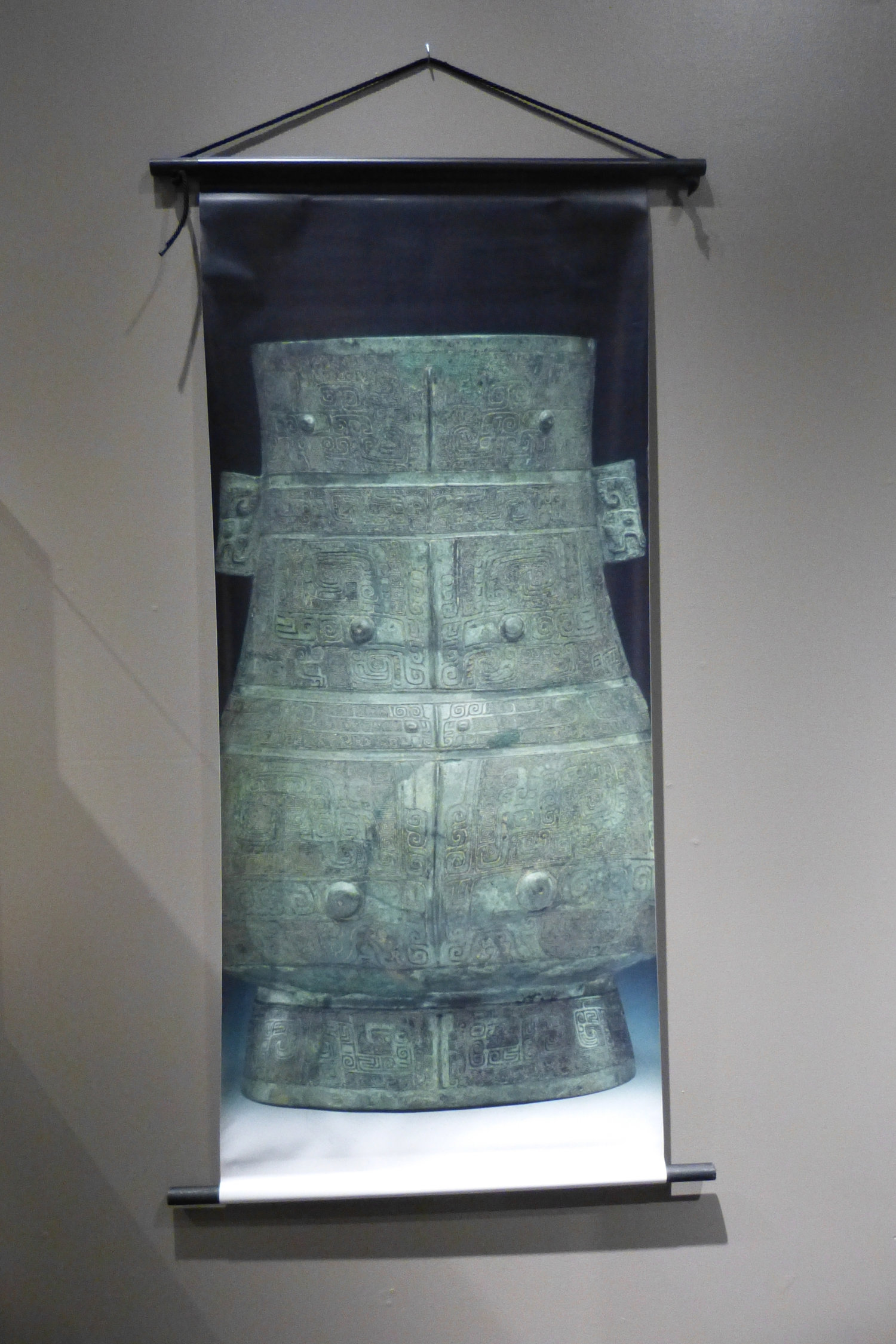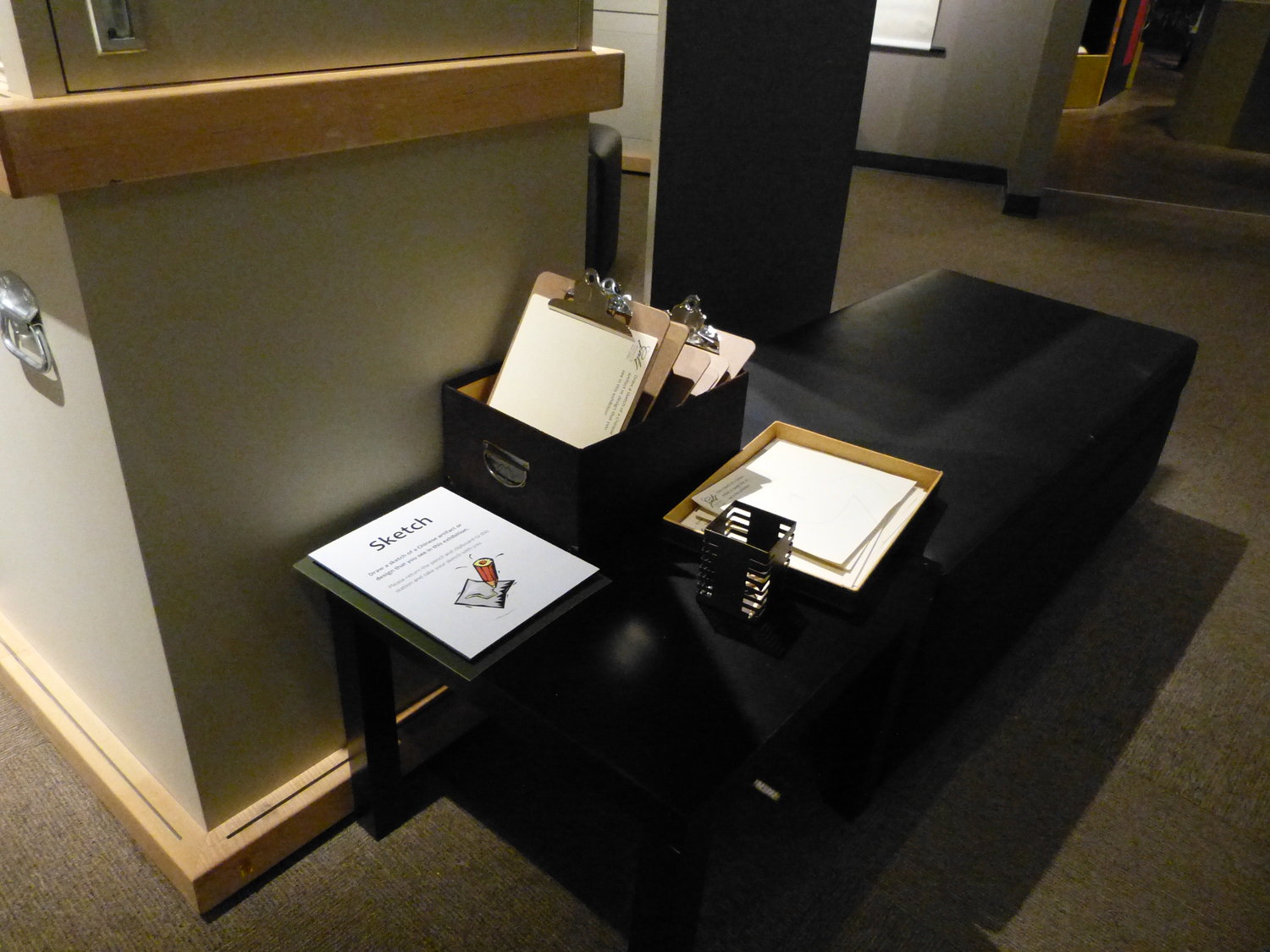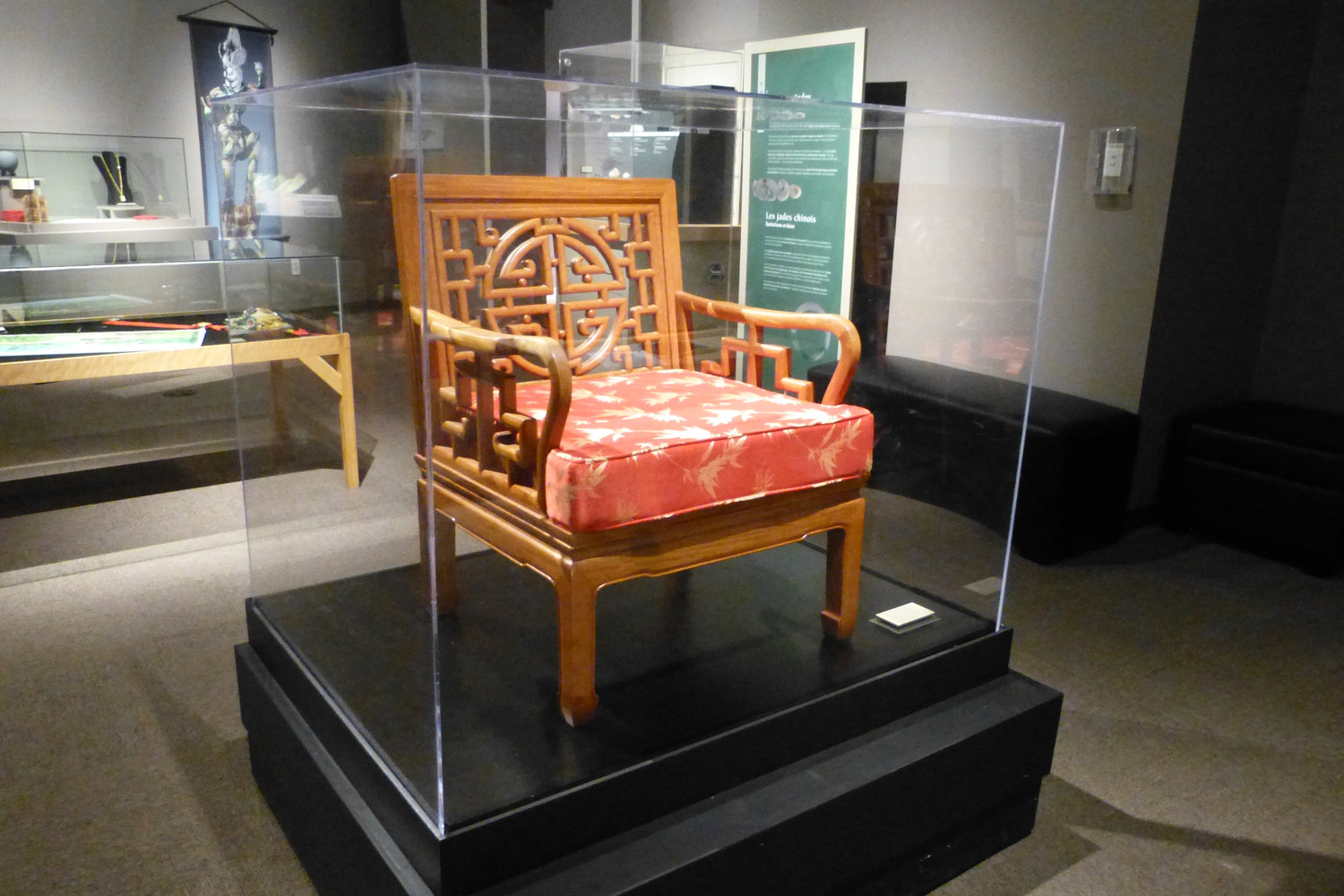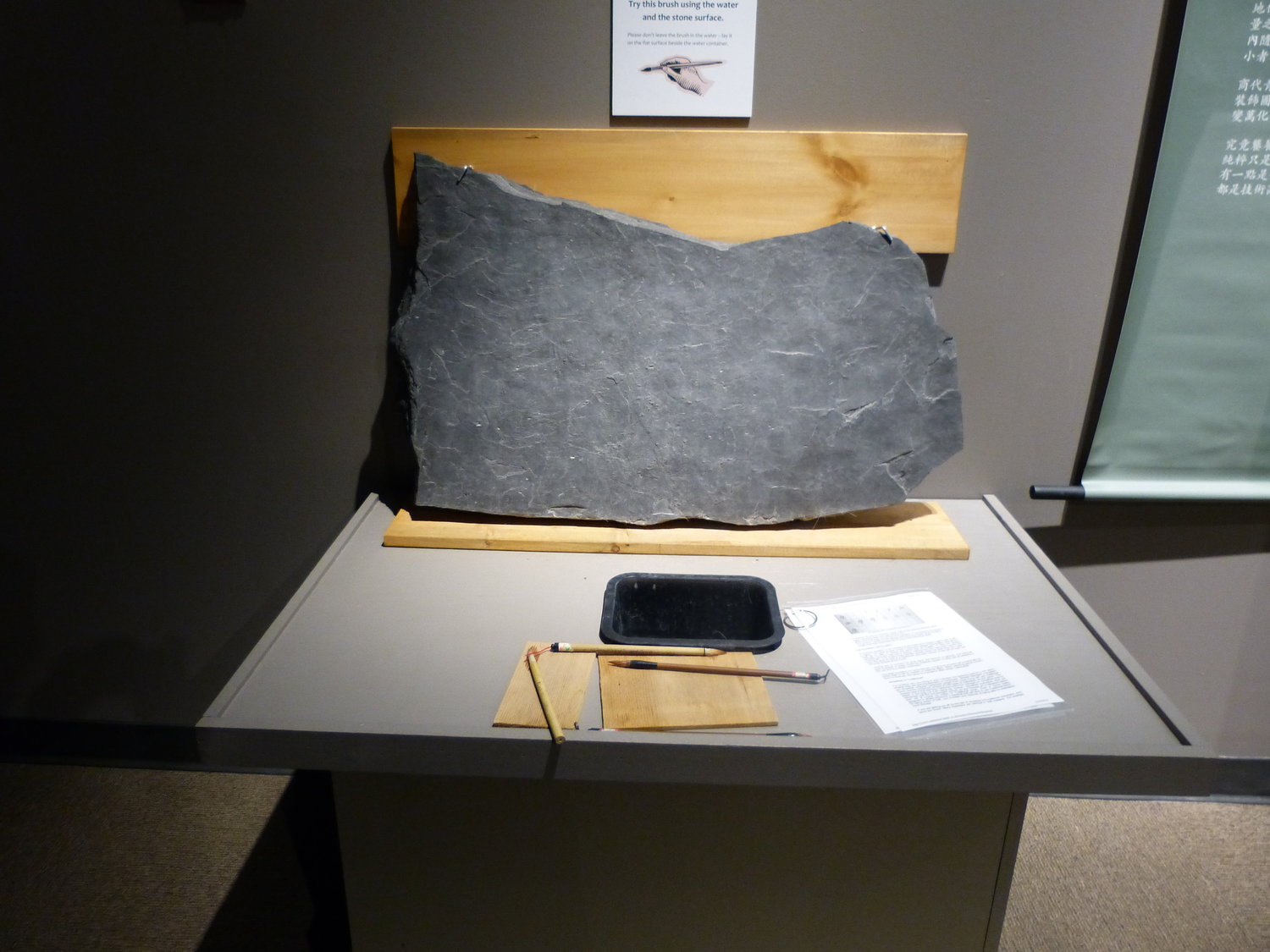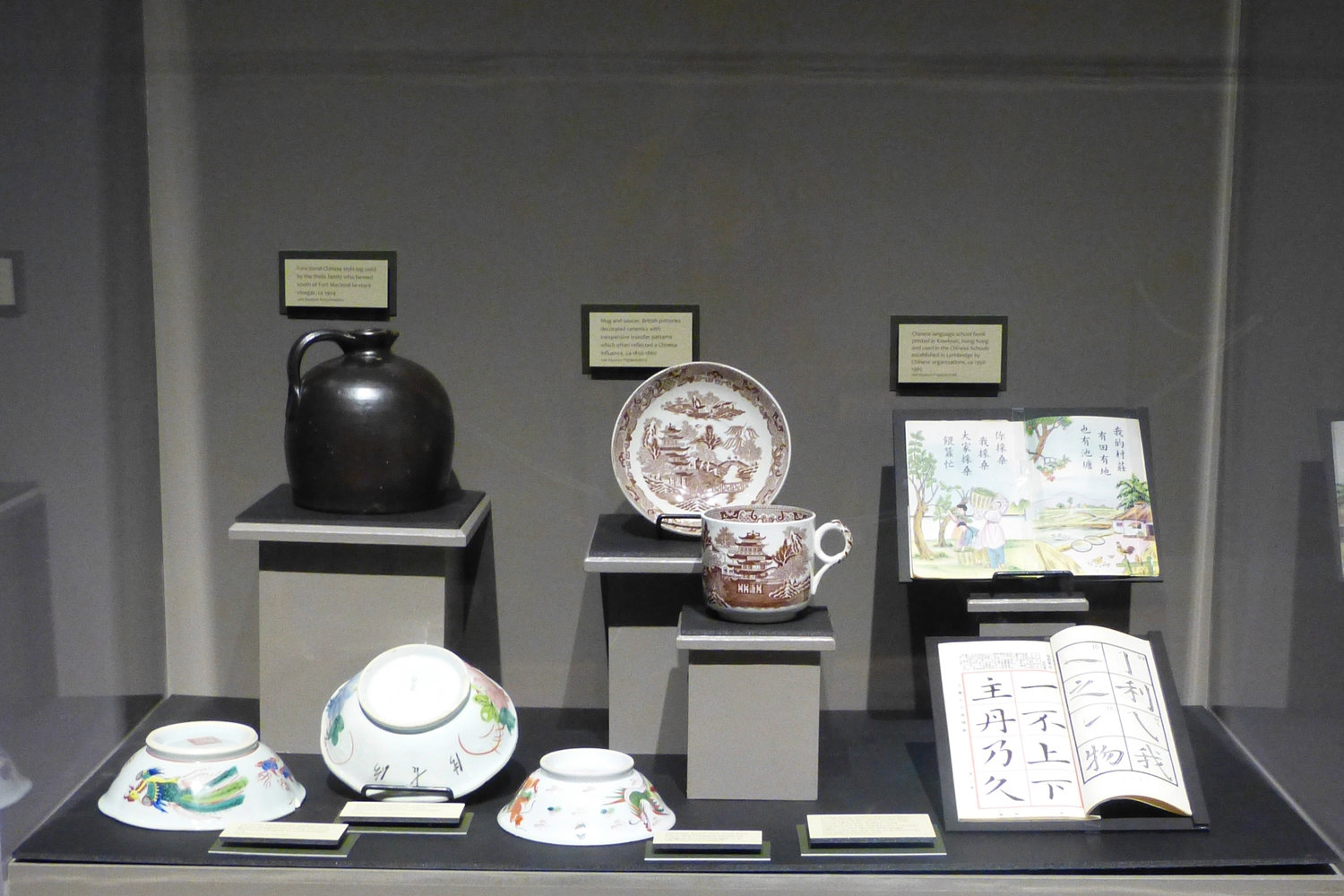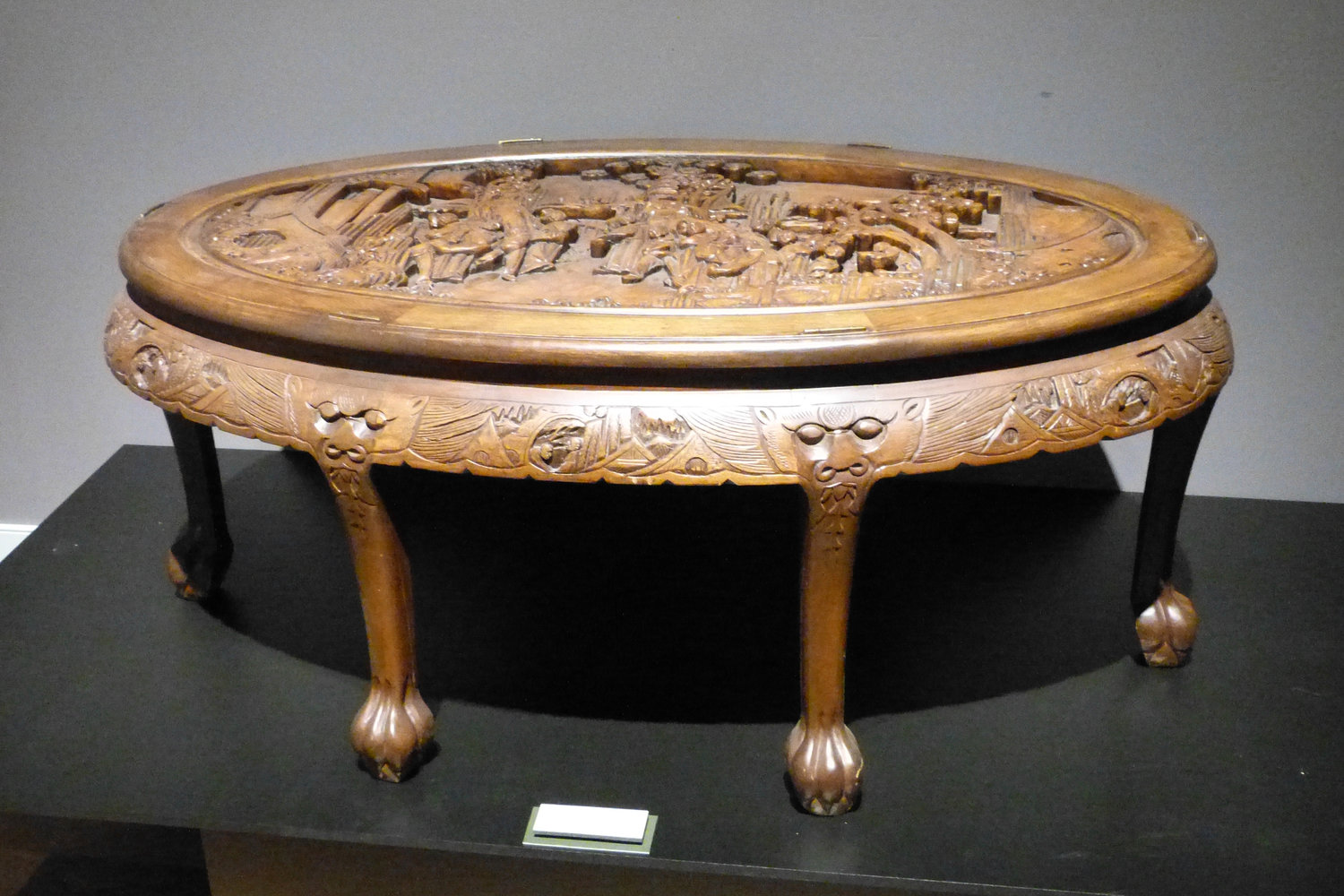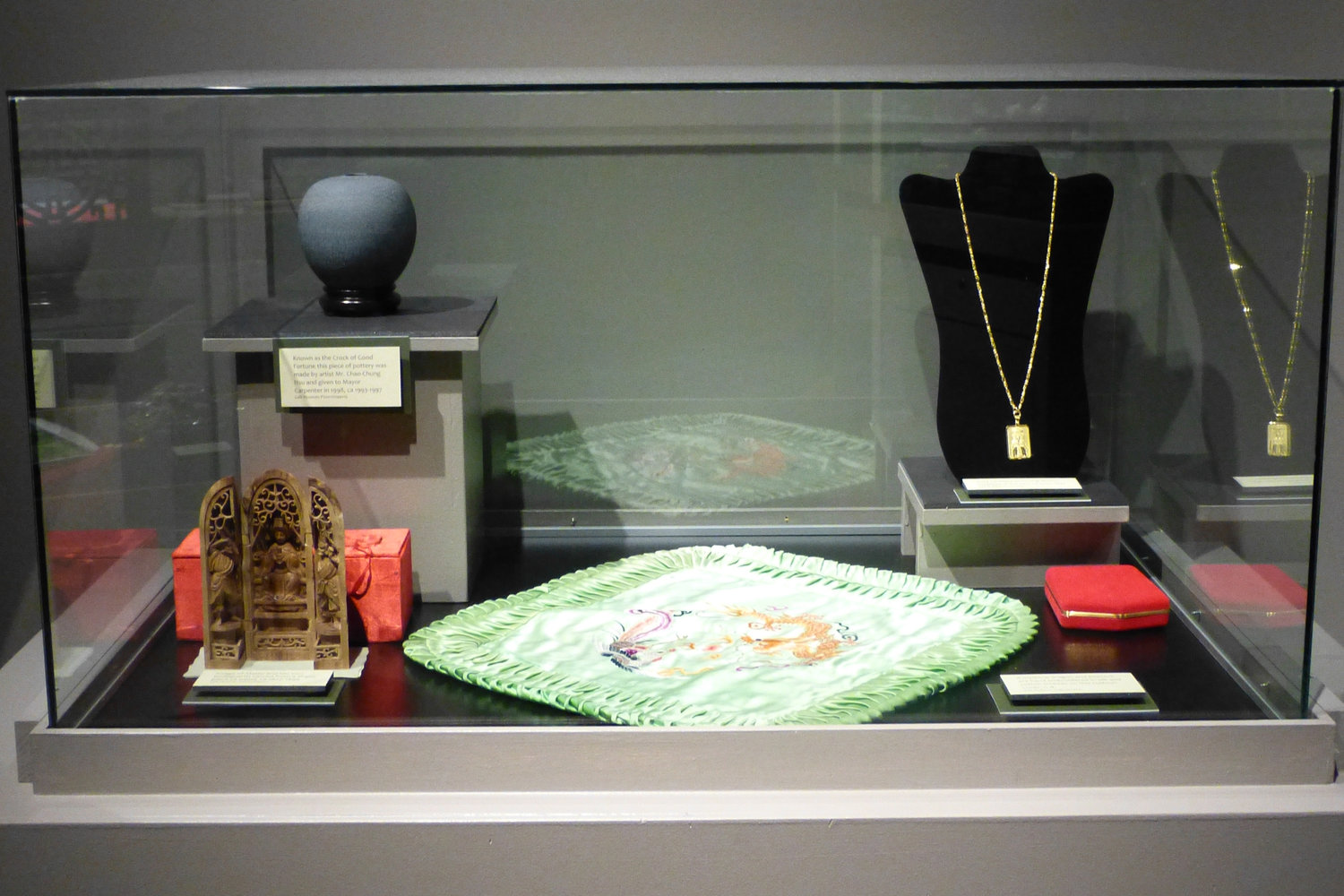A travelling exhibit from the Royal Ontario Museum.
Chinese culture, traditions and history come to life through the exploration of three materials closely associated with China: jade, bronze and ceramics, in “Arts of China: Glimpses of an Ancient Civilization” — a traveling multi-lingual exhibit developed and circulated by the Royal Ontario Museum in Toronto. Arts of China showcases artifacts dating from the Shang Dynasty (c. 1300-1050 BC) to the Qing Dynasty (AD 1644-1911) selected from the ROM’s world-renowned Far Eastern Collections and opens at the Galt Museum & Archives on Chinese New Year (January 31). The exhibit runs through May 19, 2014.
What do ancient artifacts tell us about the Chinese way of life, Chinese attitudes to the world, and Chinese beliefs in the afterlife? Why is jade such an important material to the Chinese? How can one interpret the symbolism that is present in much of Chinese art? These are some of the significant questions addressed in Arts of China.
“The rich traditions of bronze, ceramics and jade art flourished in China for centuries and are still used by artists around the world today,” says Galt Museum Curator Wendy Aitkens. “Many use similar techniques and finishes developed by the ancient artists in China.”
The Chinese were the first to make stoneware and porcelain vessels which they finished with refined glazes. The quality of the wares was popular in local and other Asian markets; over the centuries, their popularity and influence spread to the Middle East and Europe. Cast bronze vessels, weapons, ceremonial and funereal pieces were often intricately decorated with animals and traditional masks. Artists carved images of animals and plants in jade (prized for its colour and durability) which symbolized long life, fertility, advancement in careers, and good fortune.
Artifacts from the Galt collections such as clothing and ceramic food ware and decorative masks will complement 43 artifacts including plates, bowls, vases, vessels, a dagger axe, jewellery and other adornments, ritual and symbolic items from the ROM.


